Solar energy projects for the University of Toronto
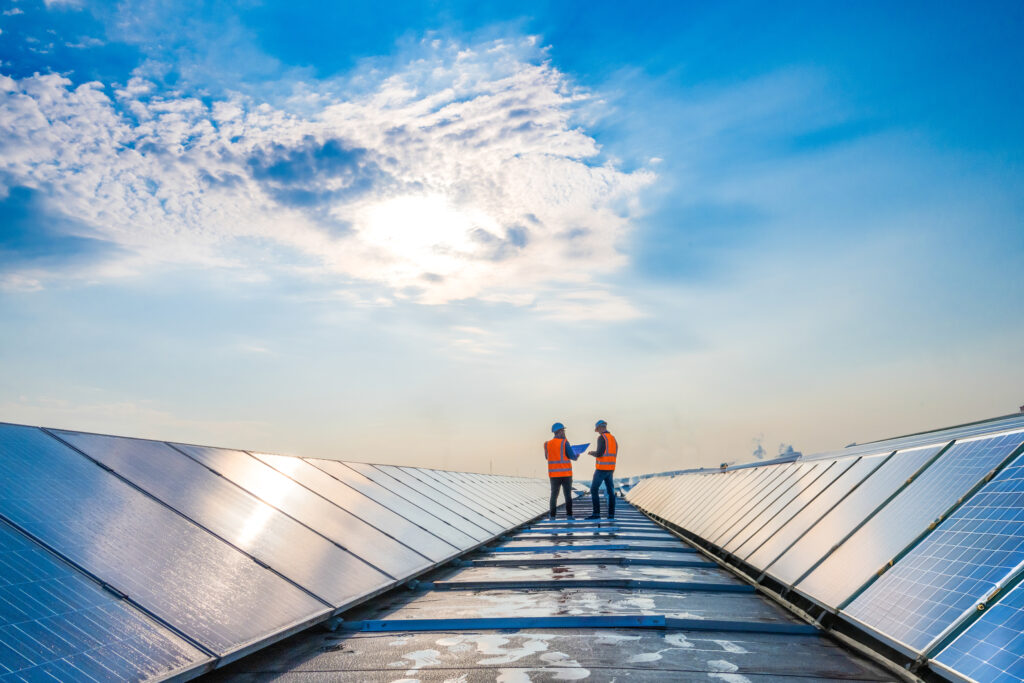
The university commissioned us to determine the carbon offset system that would enable them to achieve a positive carbon target.
New 230kV/115kV substations at Pickle Lake
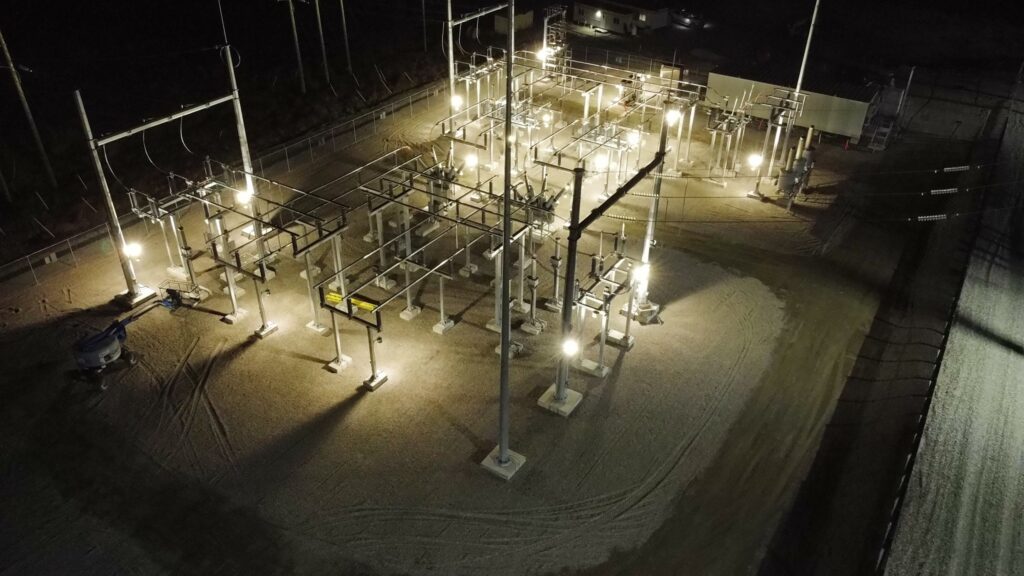
New reliable and sustainable installations brings electricity to Ontario’s Aboriginal communities
Decarbonizing the industry
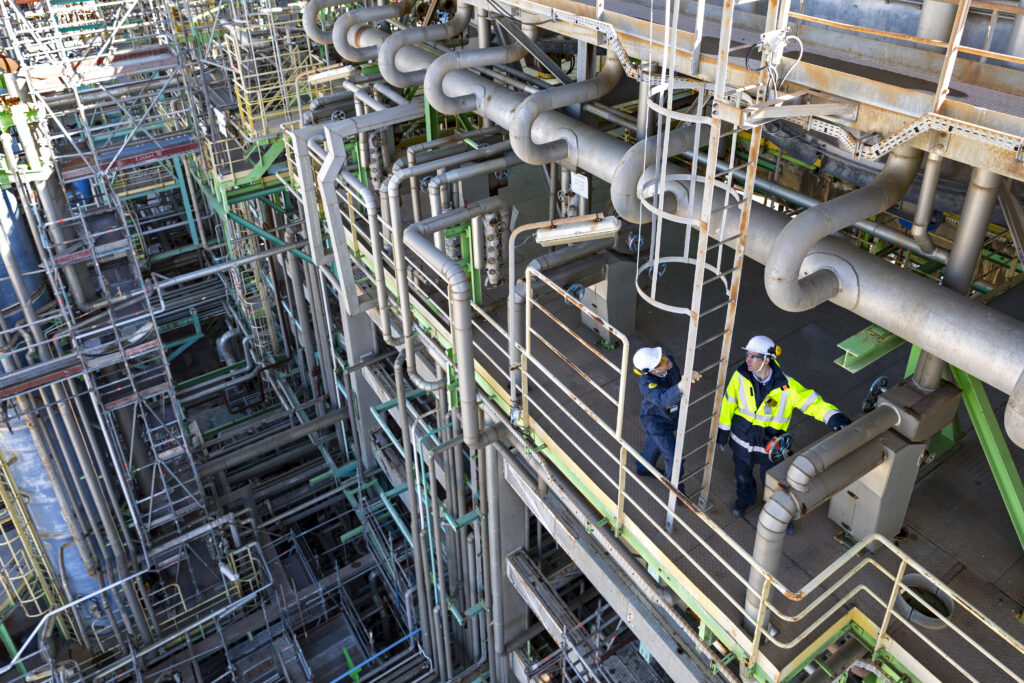
The demand for goods, equipment, and energy has increased in line with the growth of the global population and the aspiration of most populations to have a high level of comfort and service. This demand is met by an industrialized and globalized production system that heavily relies on hydrocarbons and coal. As a major contributor to greenhouse gas (GHG) emissions, the industry is targeted by policies aimed at reducing carbon footprint caused by human activities. The industry faces a dual challenge: decarbonizing its production processes and transitioning manufacturing towards low-carbon products capable of contributing to the overall GHG emissions reduction.
Romain Allais, one of Artelia’s specialists in industrial decarbonization, presents the several levers currently being activated or considered to drive this change.
Between traffic growth and environmental imperatives, what transformations for airports?
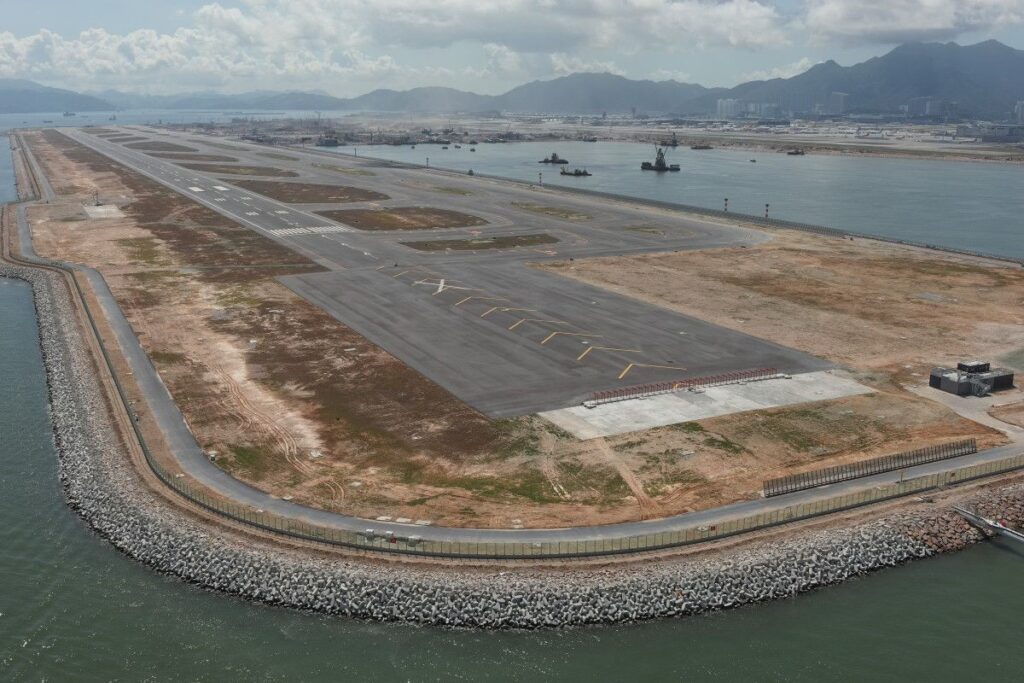
Connecting continents and ensuring rapid domestic connections: these are the main advantages of air transport. In the current context of climate and environmental change, however, this mode of transport is being criticized for its greenhouse gas (GHG) emissions, its elitist nature and the recreational dimension of some of its flights: pressures that are prompting it to undergo major transformations. As an essential land-based infrastructure, airports are at the heart of this transformation, which some of them have been engaged in for several years. Claire Mazelet and Didier Wellenreiter, two of Artelia’s airport experts, provide an overview of current issues and achievements.
Floating wind platform demonstrator
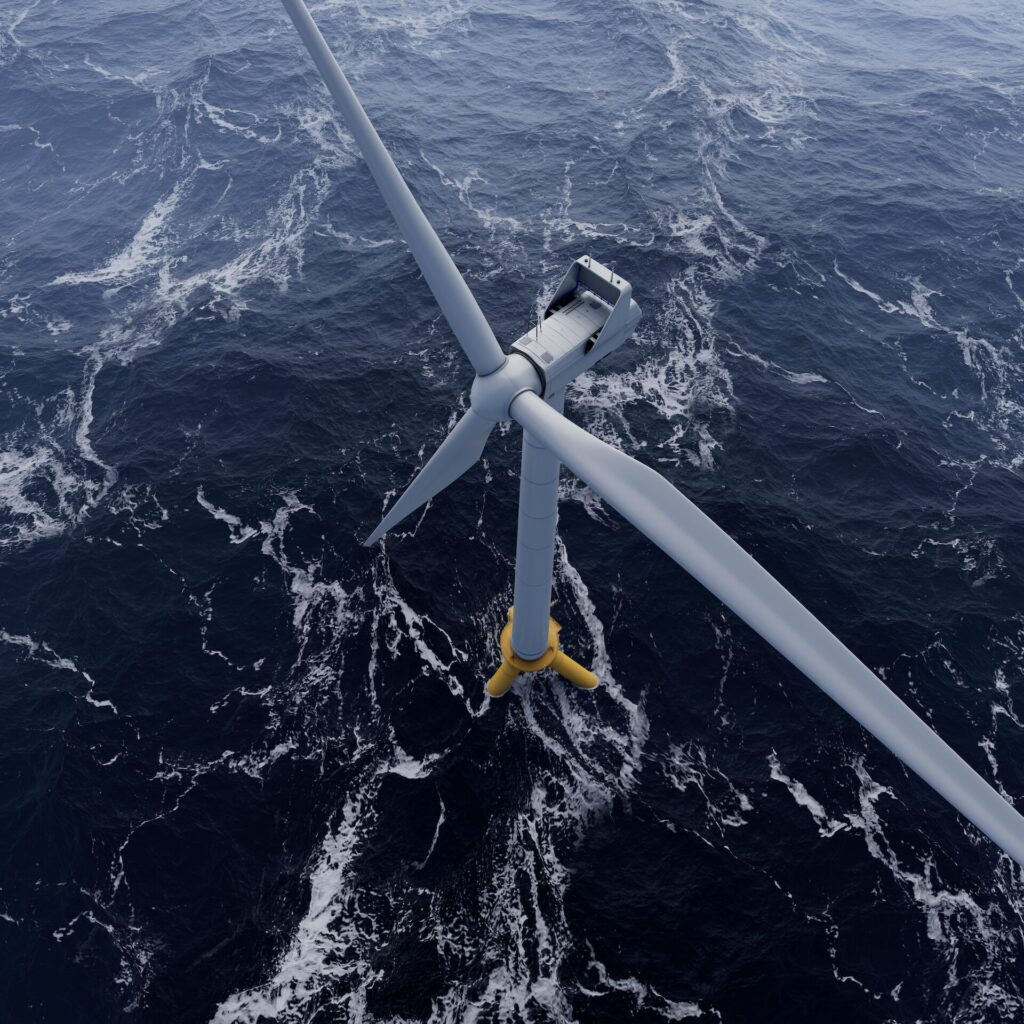
A modular and flexible platform to harness energy from the ocean
Le renouveau de l’énergie nucléaire
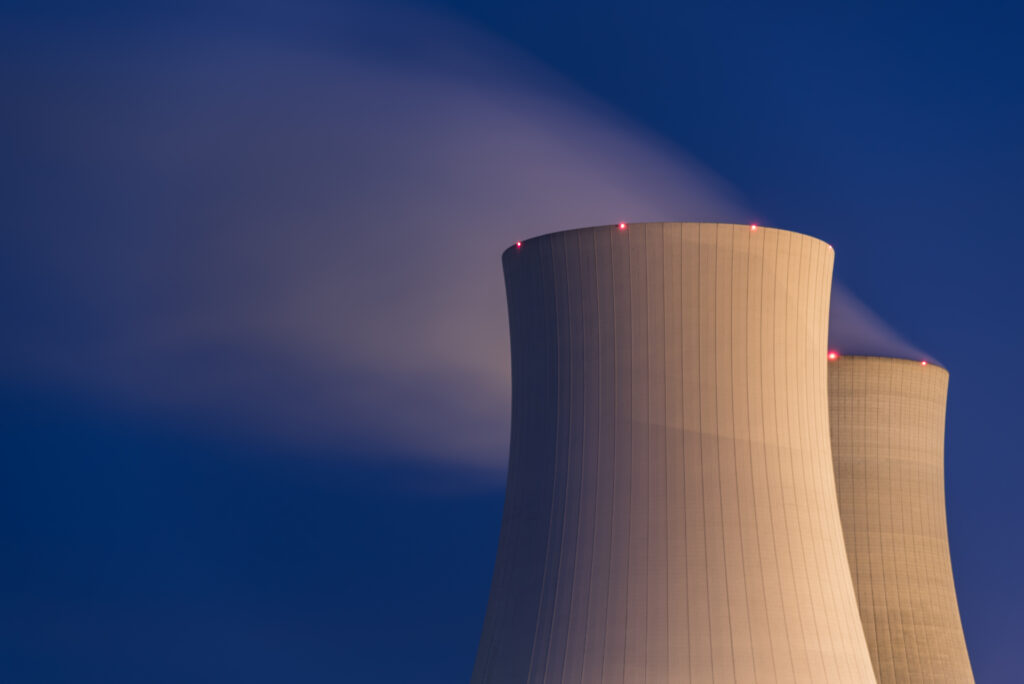
La nécessité de décarboner le secteur de l’énergie, à laquelle se sont ajoutées les tensions géopolitiques sur les approvisionnements en gaz, ont convaincu plusieurs États de réinvestir dans l’énergie nucléaire. Prolongation de la durée de vie du parc en exploitation, lancement de programmes de construction, développement de nouveaux concepts de réacteurs et élargissement des usages sont les points clés de cette relance du nucléaire, que Michel Rochon nous présente en tant que responsable du développement nucléaire chez Artelia.
Paris-Saclay district heating and cooling network development
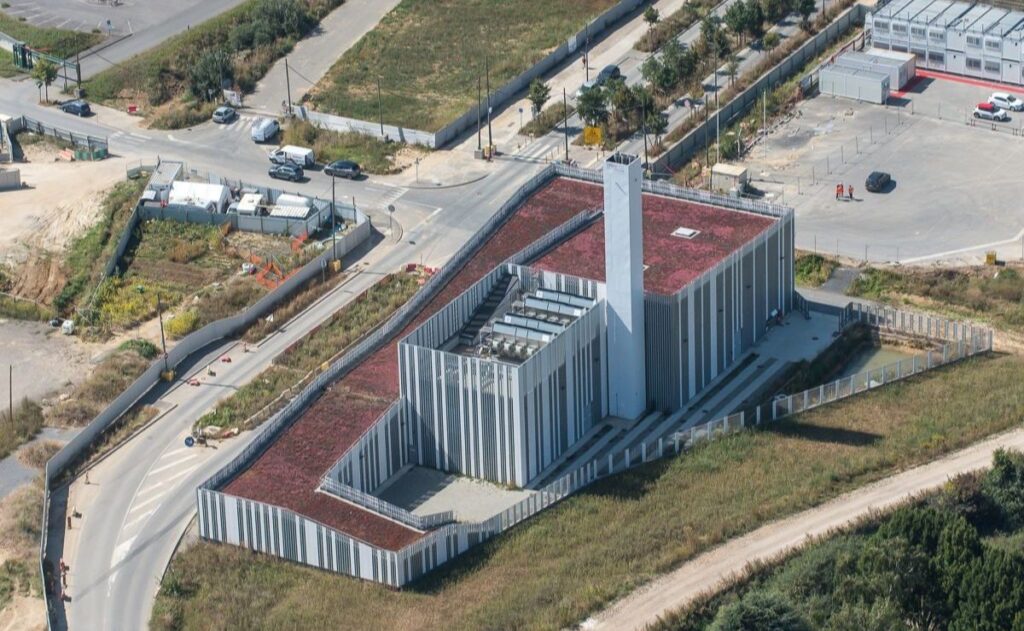
Paris-Saclay district heating and cooling network development Implementing efficient heating and cooling networks using renewable energies One of the largest in France, the Paris-Saclay heating and cooling network is an example of the ongoing developments in this field. It uses renewable and recovered energies (geothermal, waste heat) and an automatic control system. EPA Paris-Saclay awarded Artelia […]
Converting Amager power plant to biomass
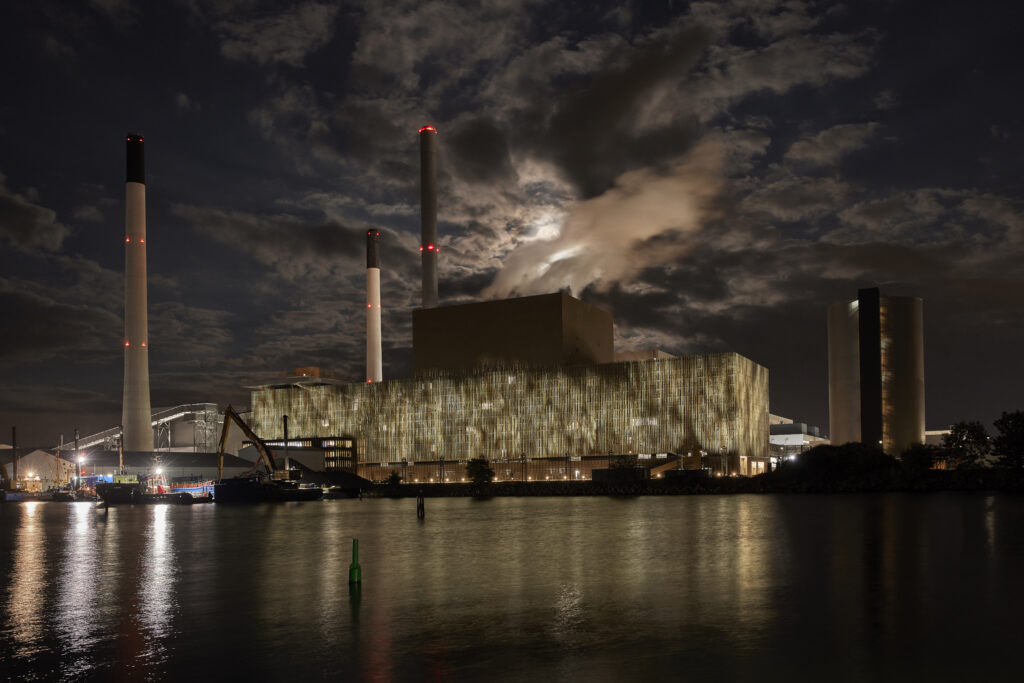
Converting Amager power plant to biomass Completing the transition to renewable sources at a thermal power plant initially powered by fossil fuels The city of Copenhagen aims to be the world’s first carbon-neutral capital. To meet this target, HOFOR, which provides district heating and electricity to more than 500,000 Copenhagen residents, decided to complete the […]
Energy optimisation for Stellantis logistics warehouses
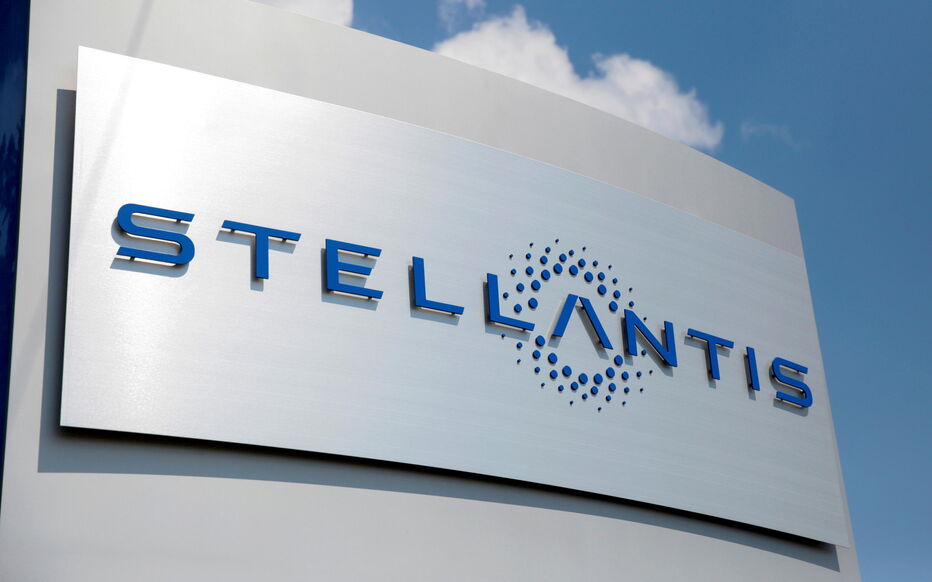
Energy optimisation for Stellantis logistics warehouses Supporting a major player in the automotive industry in its energy performance and low-carbon strategy Stellantis, an international automotive manufacturer, has committed to halving its energy-related carbon emissions by 2025, with a view to achieving carbon neutrality by 2038. Artelia is studying the feasibility of such a reduction at […]
The iconic Amager Bakke plant
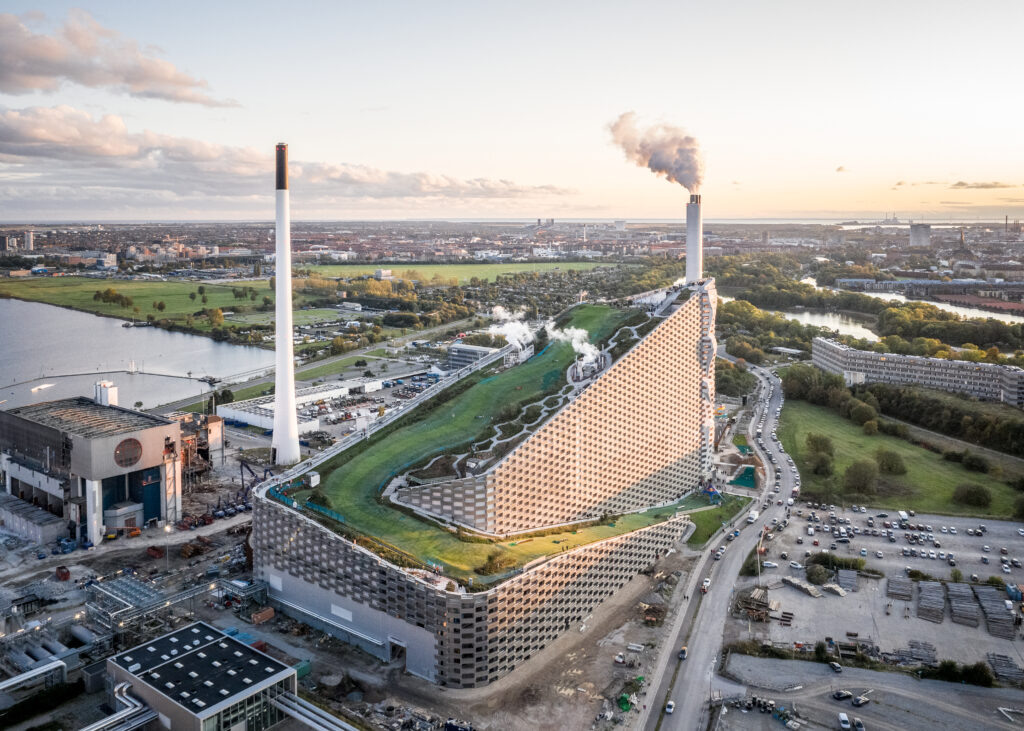
The iconic Amager Bakke plant The unique combined facility of a household waste-to-energy plant with recreational areas An exceptional building by virtue of its striking steel structure, Amager Bakke waste-to-energy plant in Copenhagen stands out both for its incineration and energy generation capacities, and for its urban integration and greening approach. This heat and power […]

